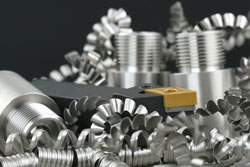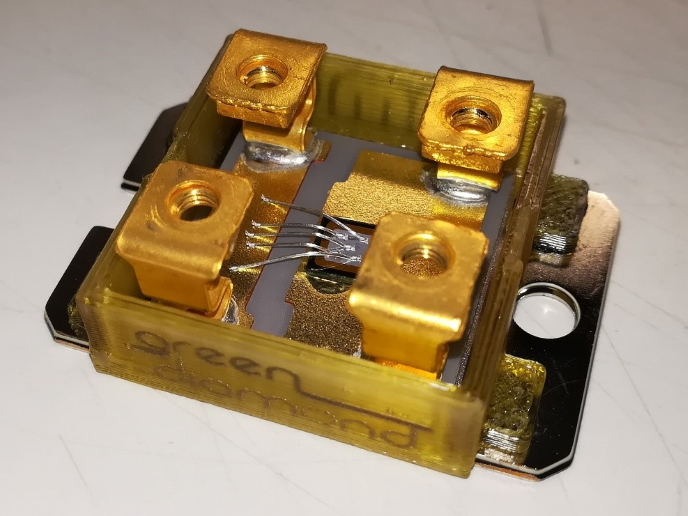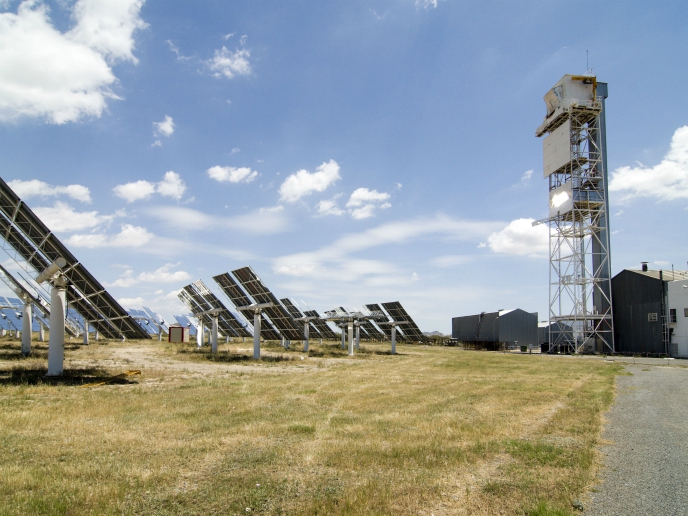Aiming for high silicon steel
The use of high silicon electrical steel in transformers and motors can lead to significant reductions in energy losses. Due to the material's brittle structure, an economically viable way for its production has not yet been found. Urged by this the DIFFANSTEEL project focused on working on the conversion of a low-silicon steel to a low-loss high-silicon steel. The initial aim was to employ silicon-rich coating techniques and diffusion annealing in order to achieve uniformity and high silicon concentration. Part of the project work involved a cold rolling process as an intermediate step between the hot dipping with aluminium-silicon and diffusion annealing. This was considered necessary for increasing the silicon content in the semi-final thickness strip. Another advantage of this additional step is the optimisation of the surface finish after dipping. The intermediate cold rolling process leads to a flatter, more uniform strip with optimised magnetic properties. The basic concept behind this project work was to produce new, inexpensive, low energy loss magnetic material for energy saving electrical machines. Although most of the technical challenges were successfully addressed, the properties of the resulting steel were not in accordance to the expected ones despite the several technological achievements. A few examples of these achievements include the definition of the hot dipping, the diffusion annealing and pickling parameters and the patented intermediate cold rolling step. All the successful results are expected to assist future EU steel processing developments and stimulate research into understanding the mismatch between predicted and measured properties.







